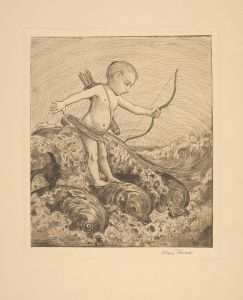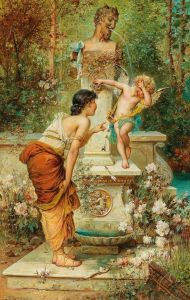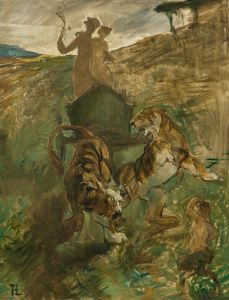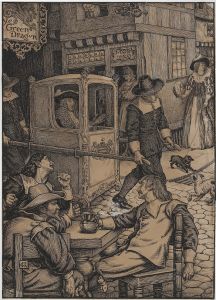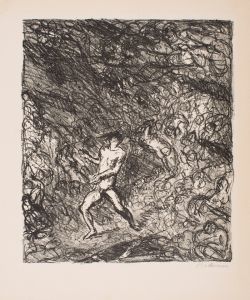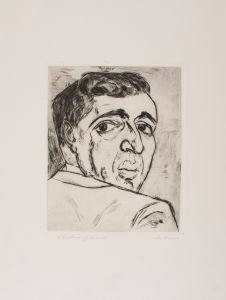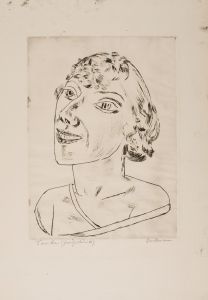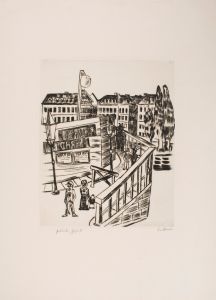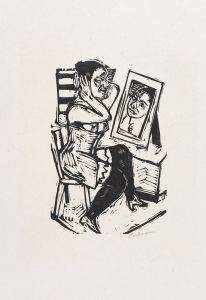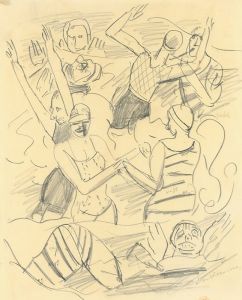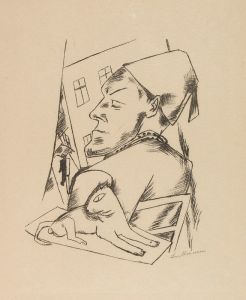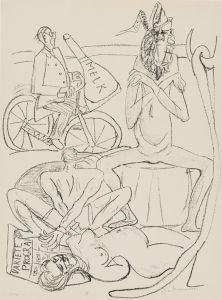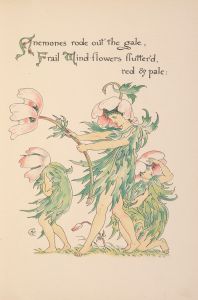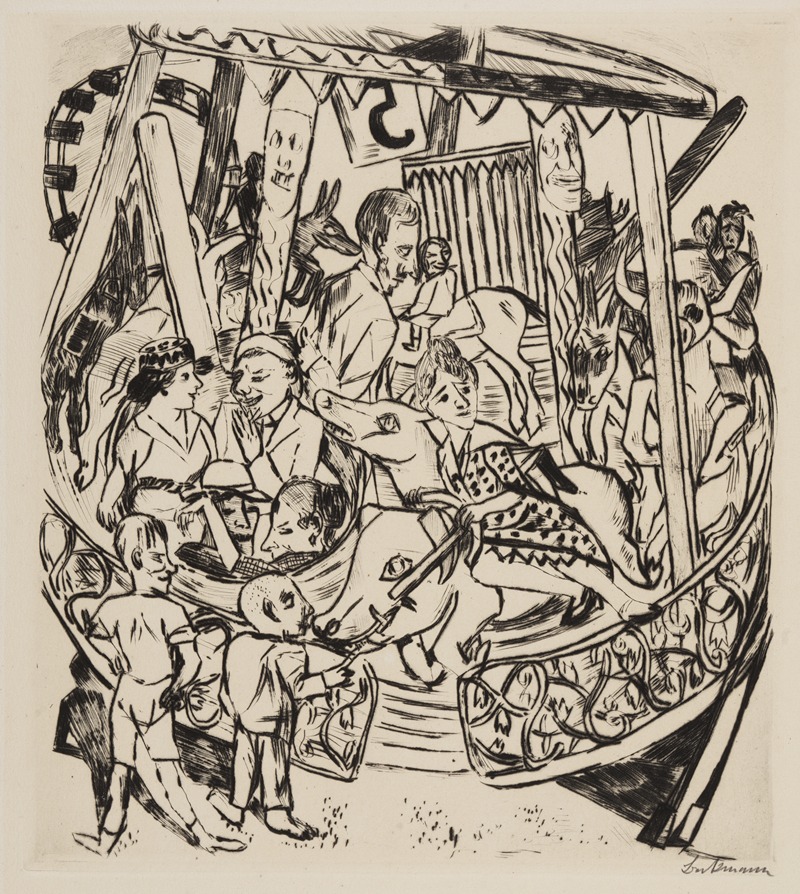
Das Karussell
A hand-painted replica of Max Beckmann’s masterpiece Das Karussell, meticulously crafted by professional artists to capture the true essence of the original. Each piece is created with museum-quality canvas and rare mineral pigments, carefully painted by experienced artists with delicate brushstrokes and rich, layered colors to perfectly recreate the texture of the original artwork. Unlike machine-printed reproductions, this hand-painted version brings the painting to life, infused with the artist’s emotions and skill in every stroke. Whether for personal collection or home decoration, it instantly elevates the artistic atmosphere of any space.
Max Beckmann's Das Karussell (The Carousel) is a notable painting created in 1923 by the German artist, who is widely recognized as one of the leading figures of the New Objectivity (Neue Sachlichkeit) movement. This artwork is an oil painting on canvas and is considered one of Beckmann's significant contributions to modern art, reflecting the social and cultural atmosphere of post-World War I Germany.
The painting depicts a carousel scene, but rather than presenting a lighthearted or whimsical atmosphere typically associated with such imagery, Beckmann imbues the work with a sense of tension and complexity. The figures on the carousel appear rigid and introspective, with their expressions and postures suggesting a deeper psychological or existential unease. The composition is tightly packed, with overlapping figures and a dynamic arrangement that conveys a sense of movement and chaos. The use of bold, angular lines and a muted yet striking color palette is characteristic of Beckmann's style during this period.
Das Karussell is often interpreted as a reflection of the societal disorientation and moral ambiguity of the Weimar Republic era. The aftermath of World War I and the rapid modernization of German society left many individuals grappling with feelings of alienation and instability, themes that Beckmann frequently explored in his work. The carousel, a symbol of cyclical motion and repetition, may serve as a metaphor for the inescapable cycles of human behavior or the relentless pace of modern life.
Max Beckmann's artistic approach during the 1920s was heavily influenced by his personal experiences during the war and his observations of the changing world around him. He rejected the romanticism of earlier art movements and instead sought to portray the raw, unvarnished realities of life. His works from this period often feature distorted figures and fragmented compositions, emphasizing the psychological and emotional dimensions of his subjects.
Today, Das Karussell is housed in the collection of the Staatsgalerie Stuttgart in Germany. It remains an important example of Beckmann's ability to combine personal expression with broader social commentary, making it a key work in the study of early 20th-century European art. The painting continues to be analyzed and appreciated for its complex interplay of form, content, and historical context.





